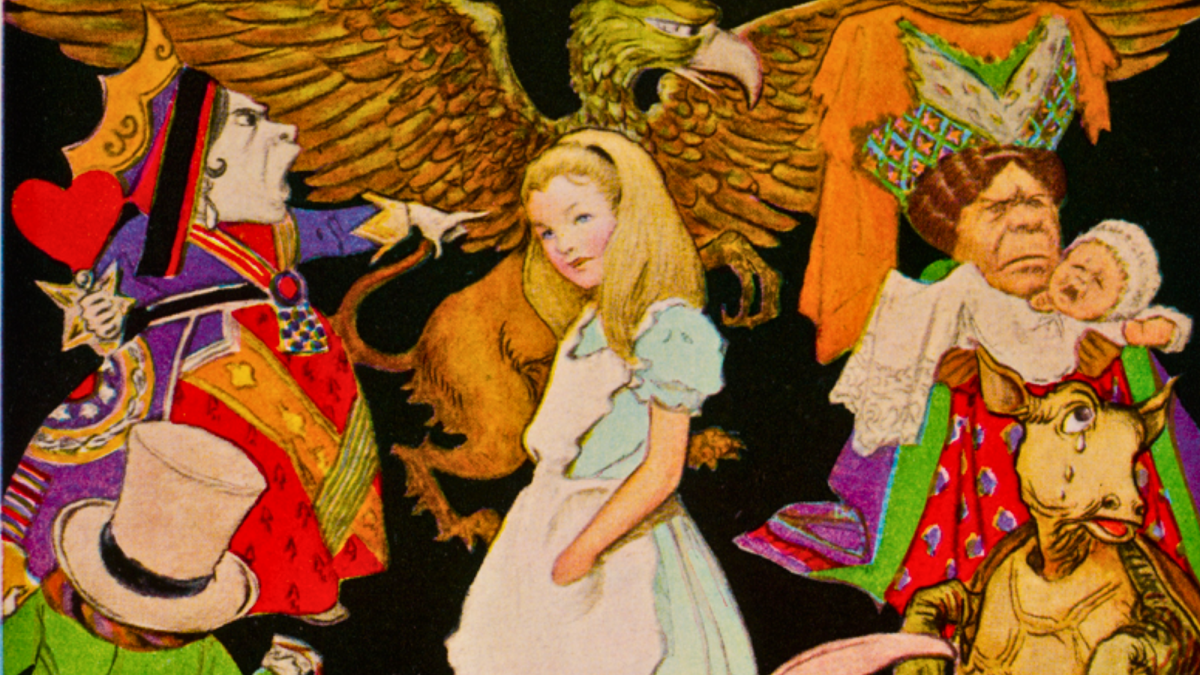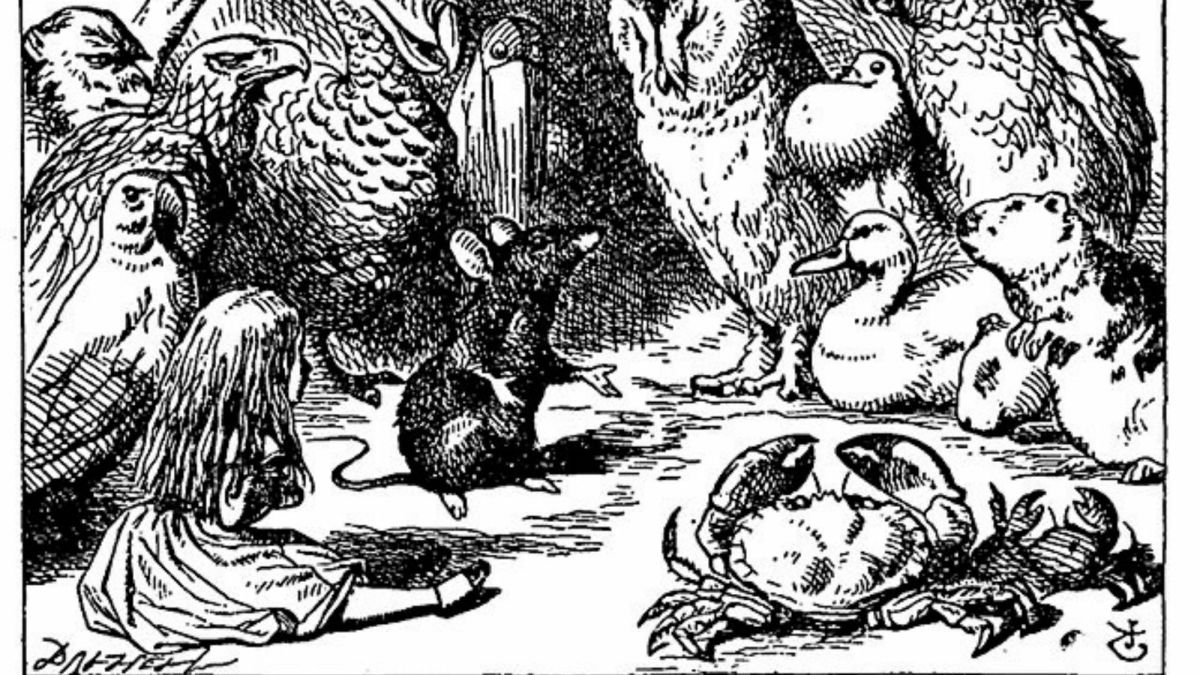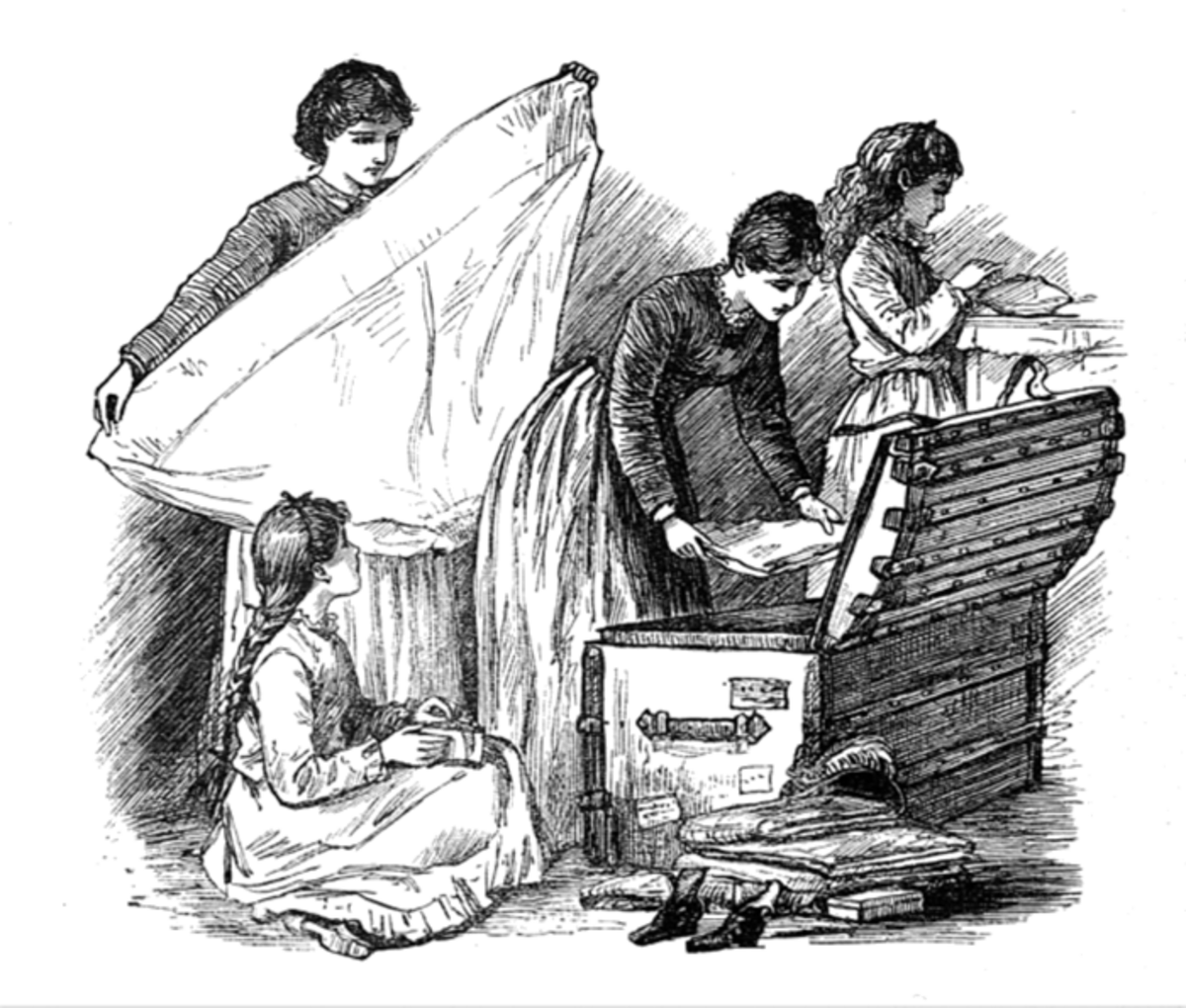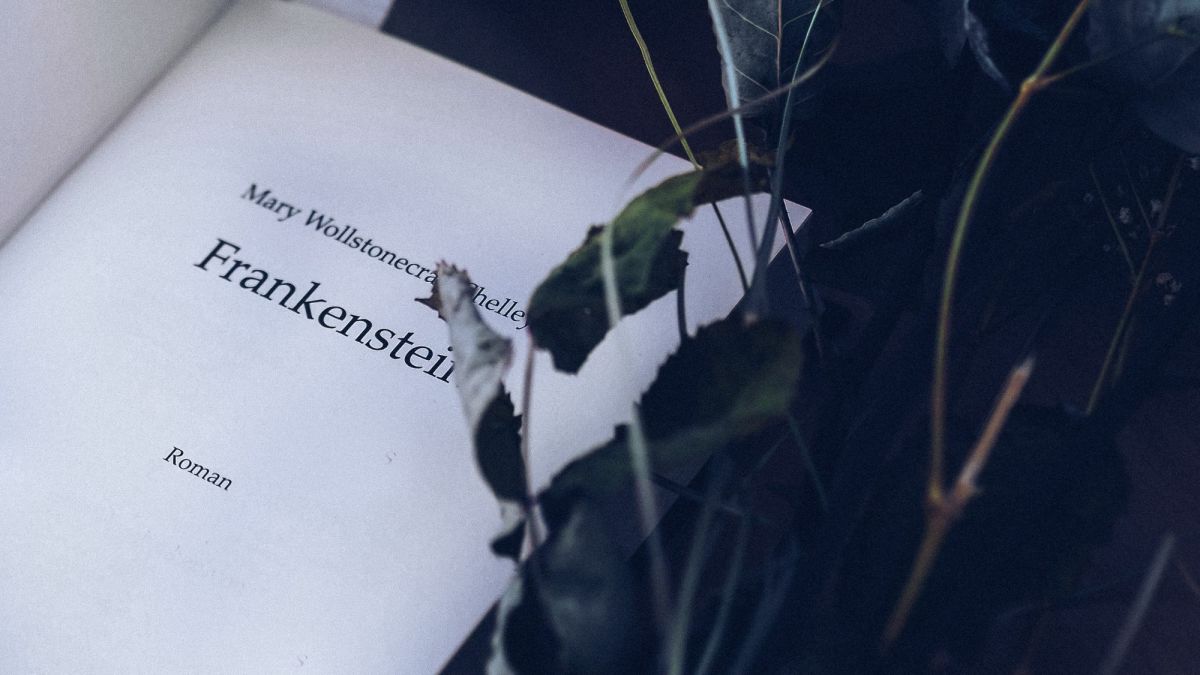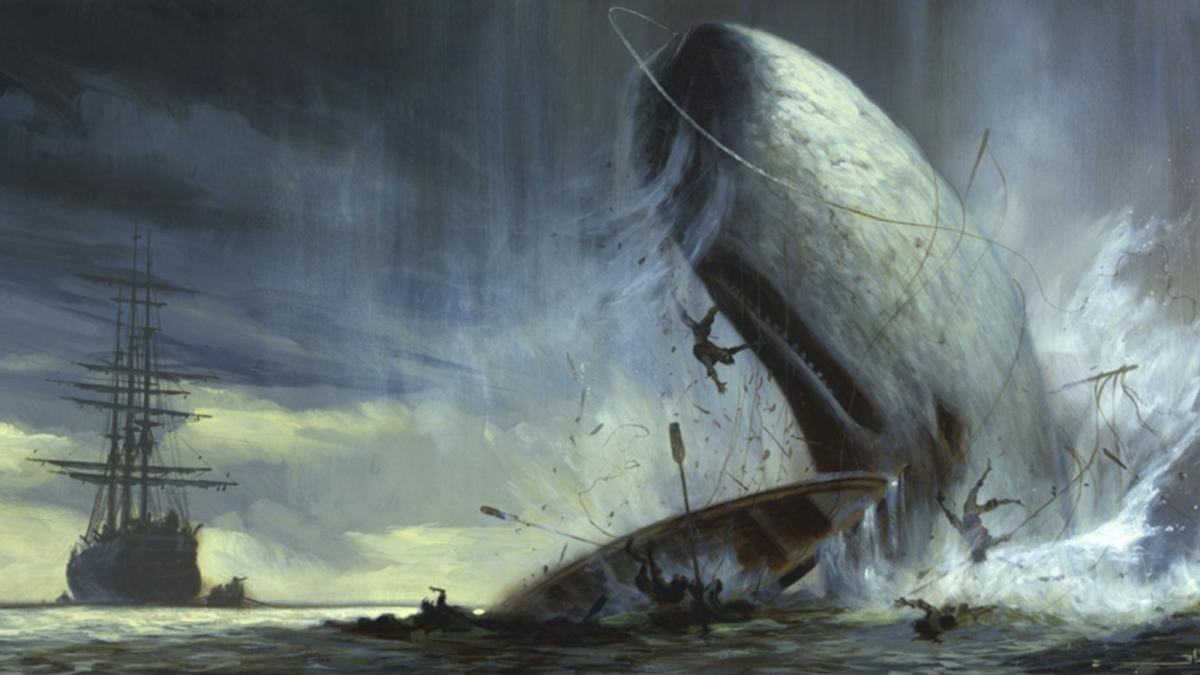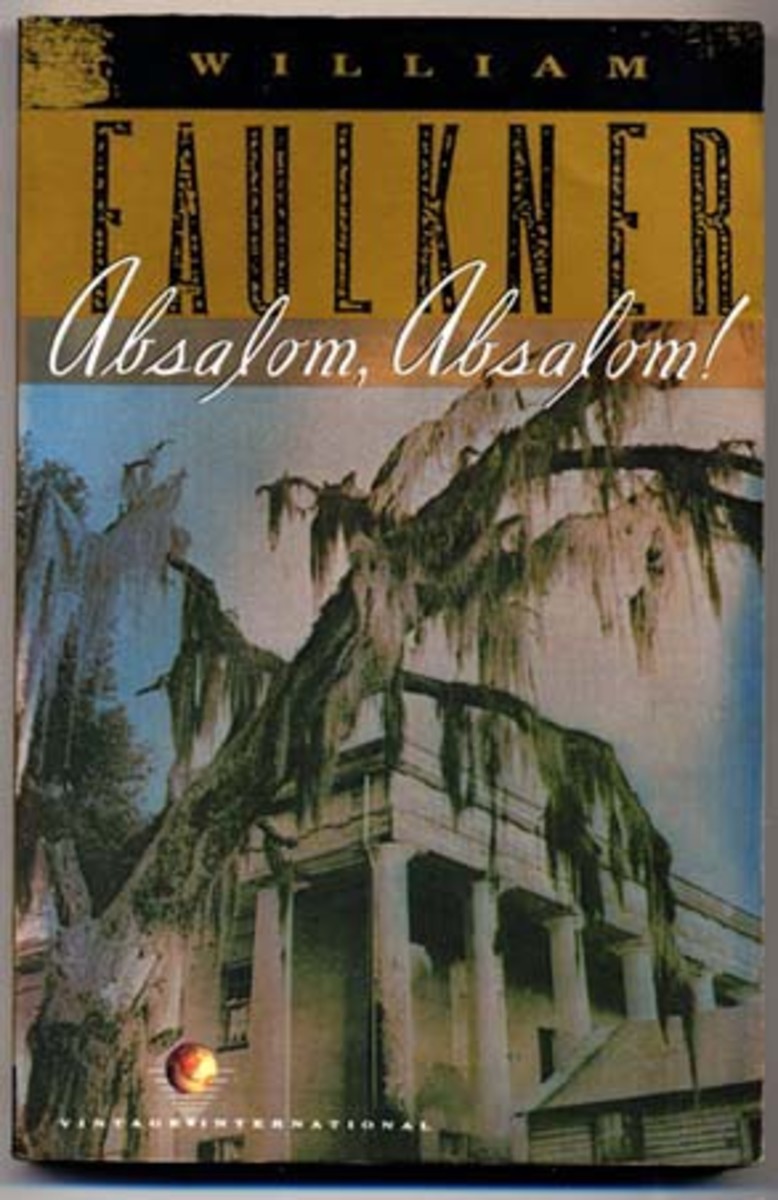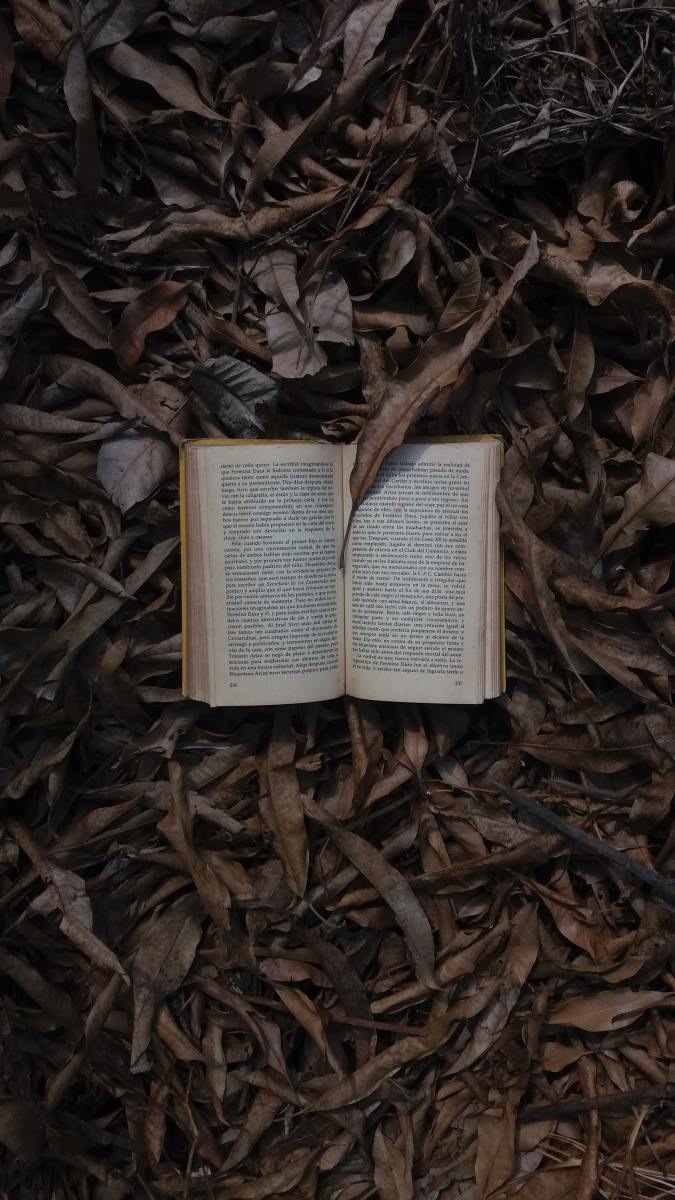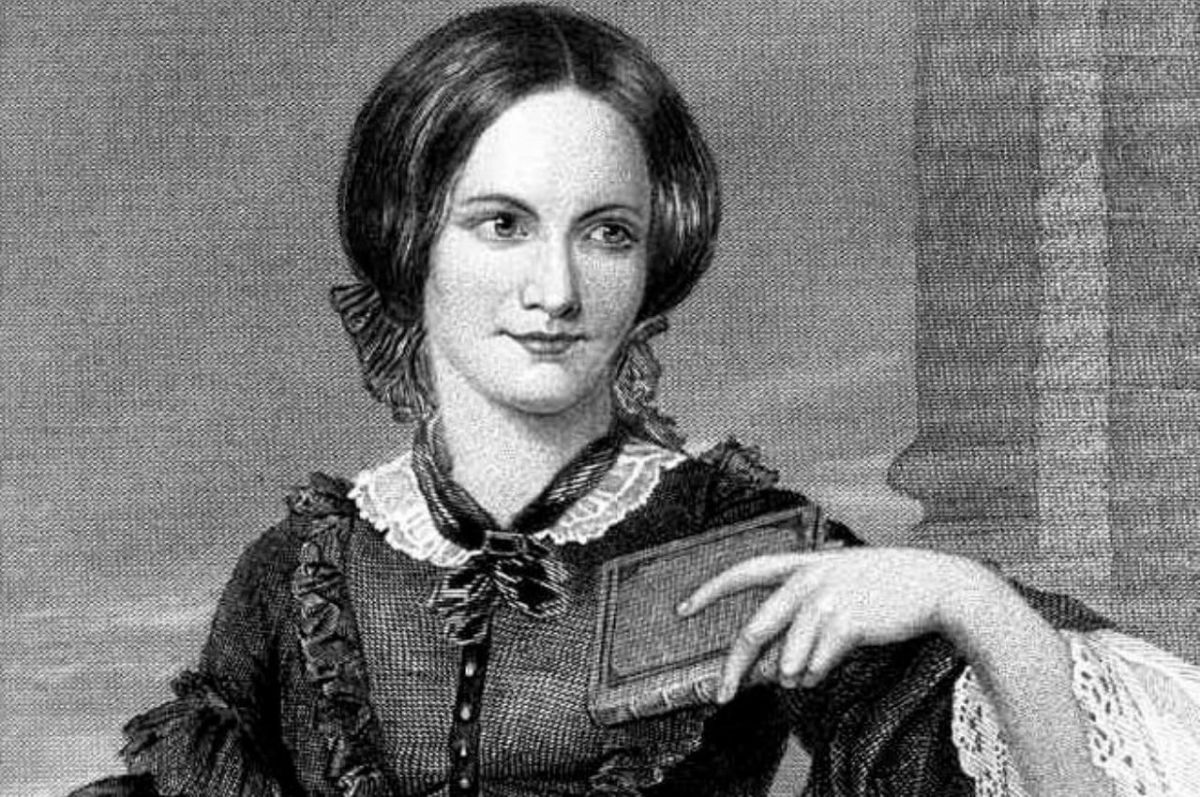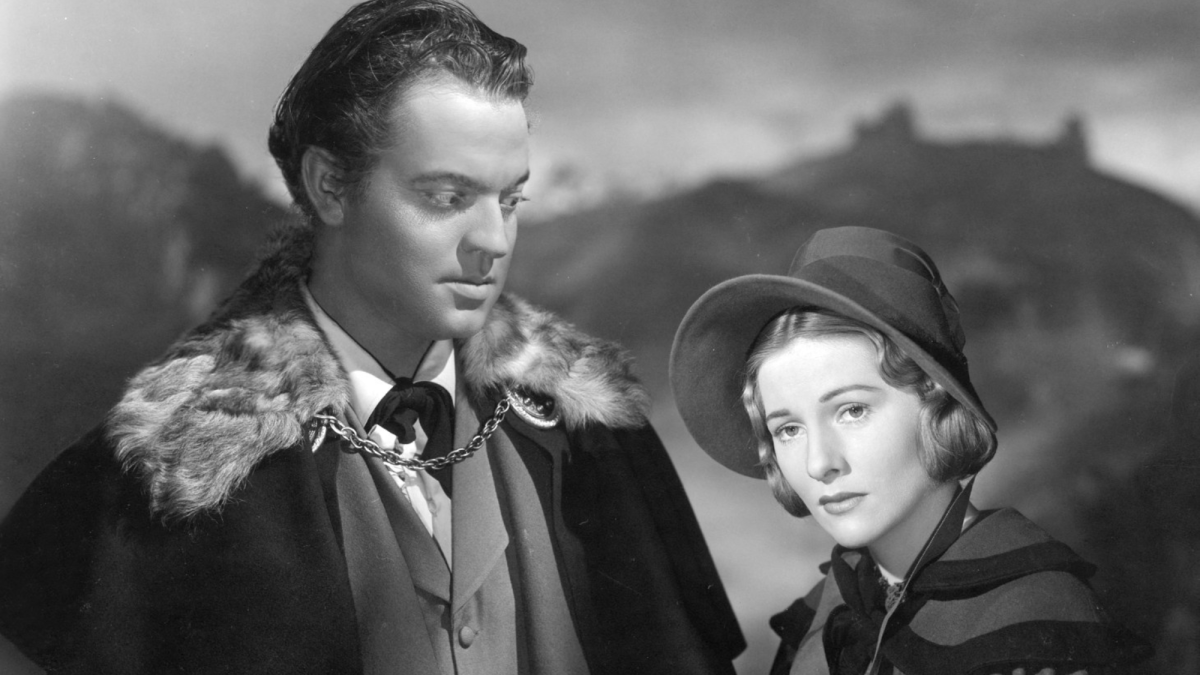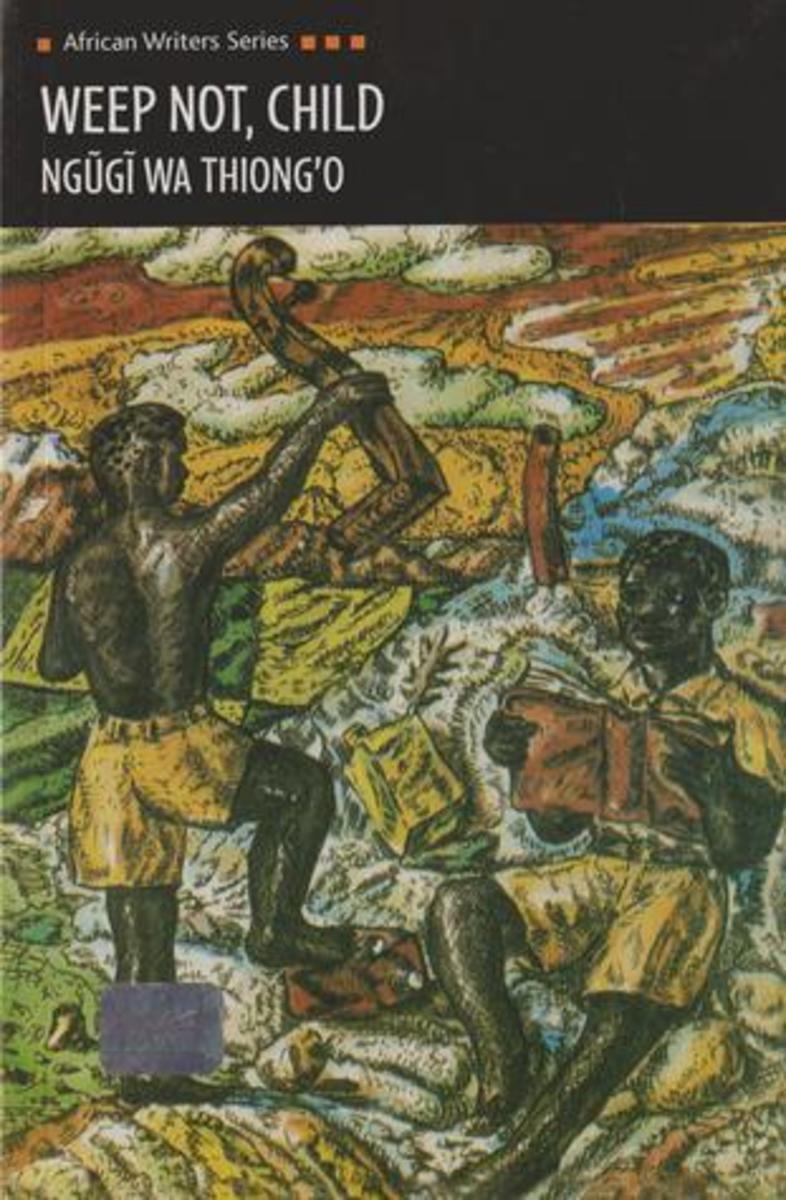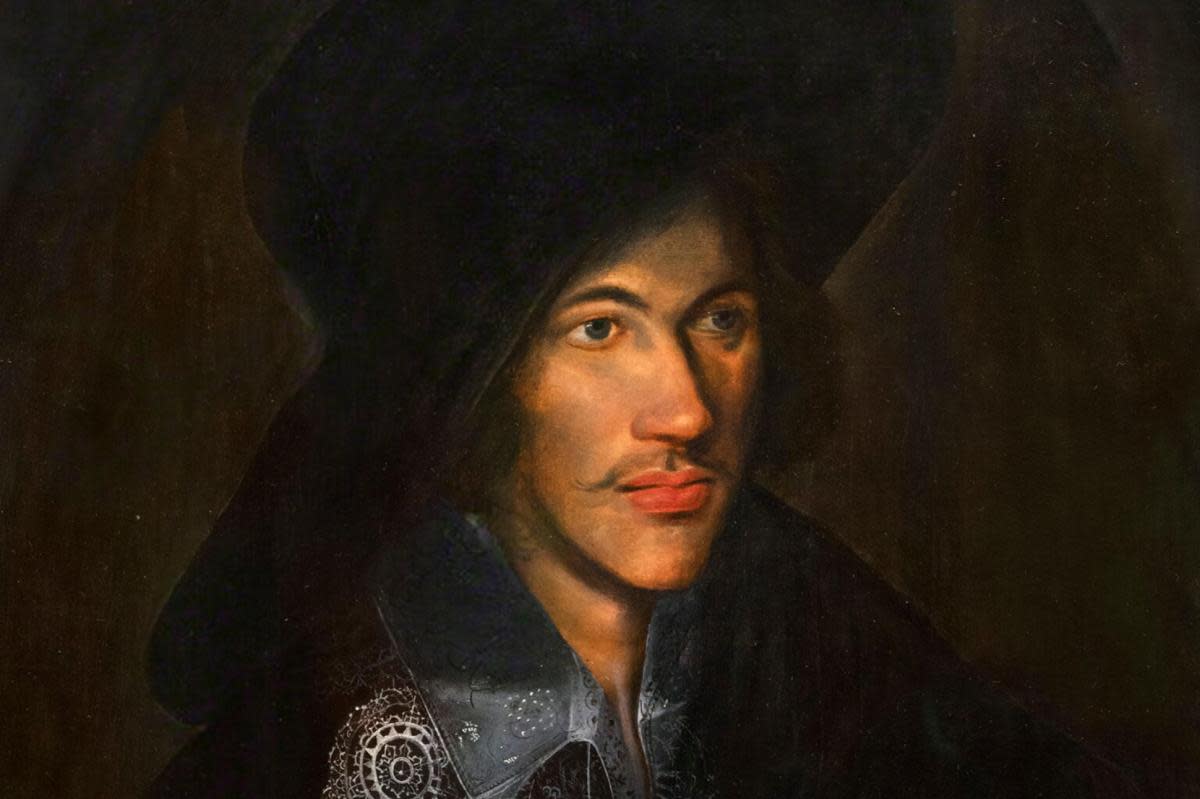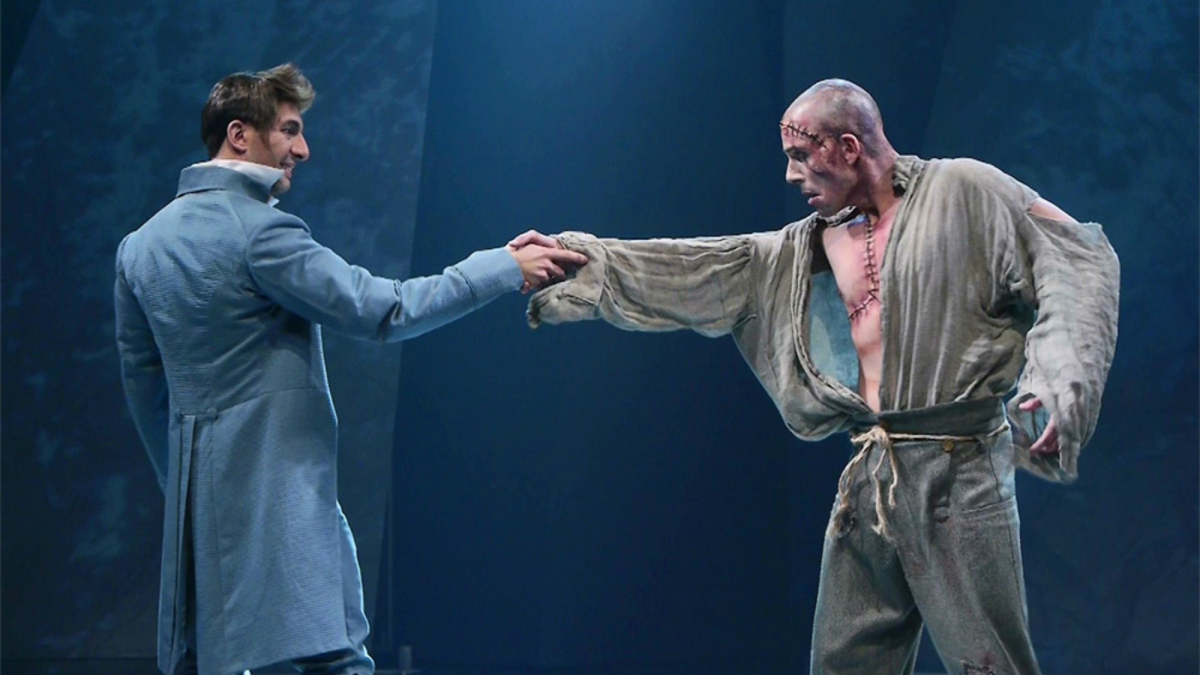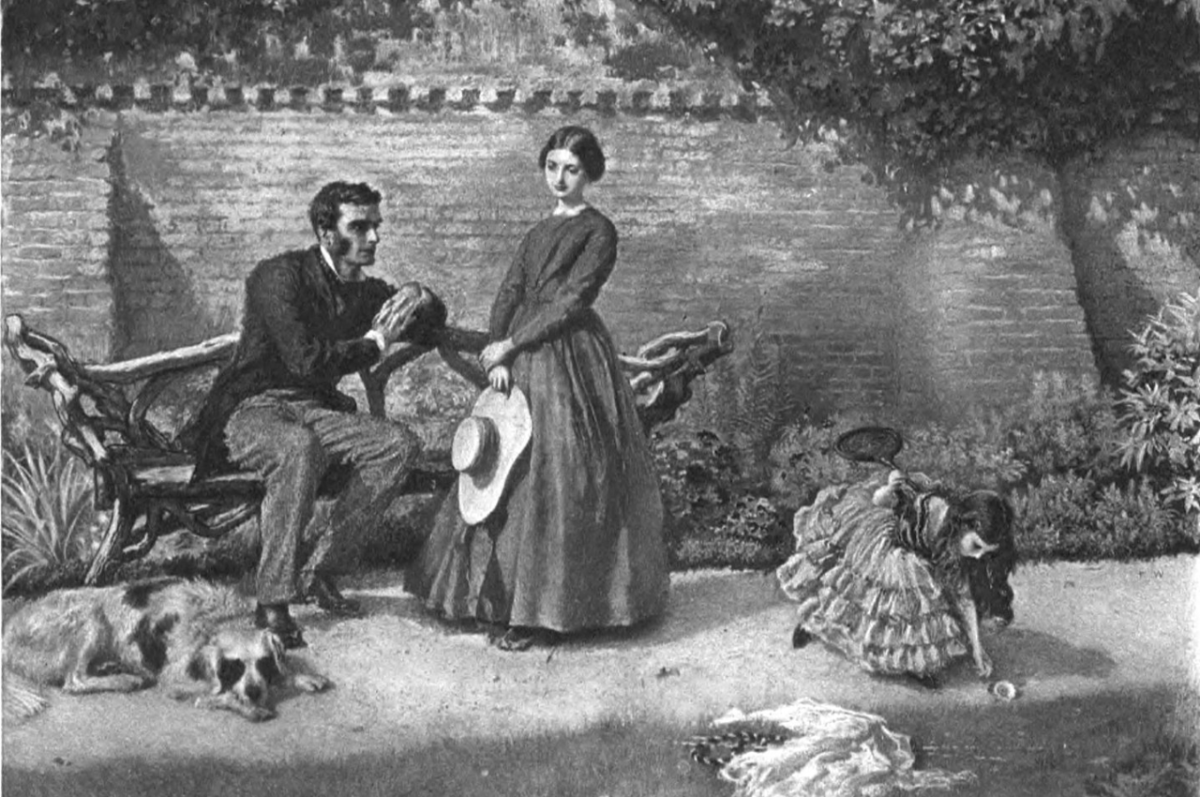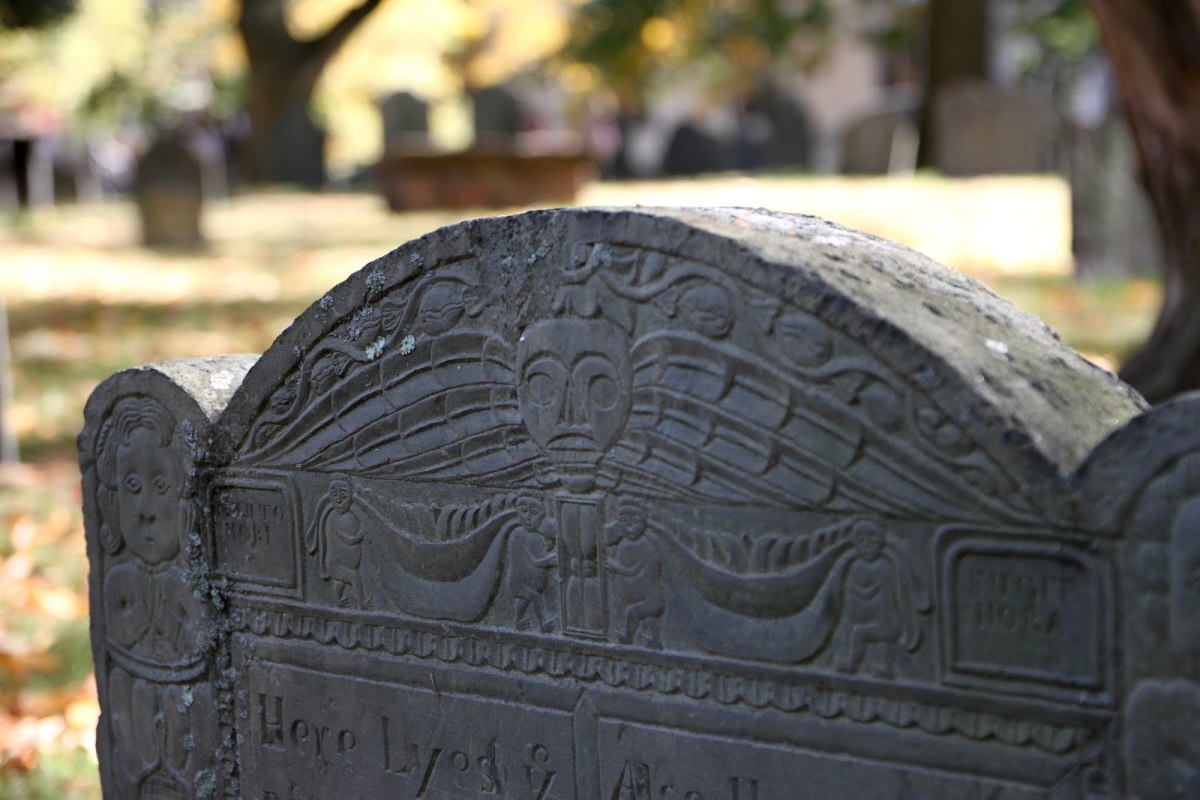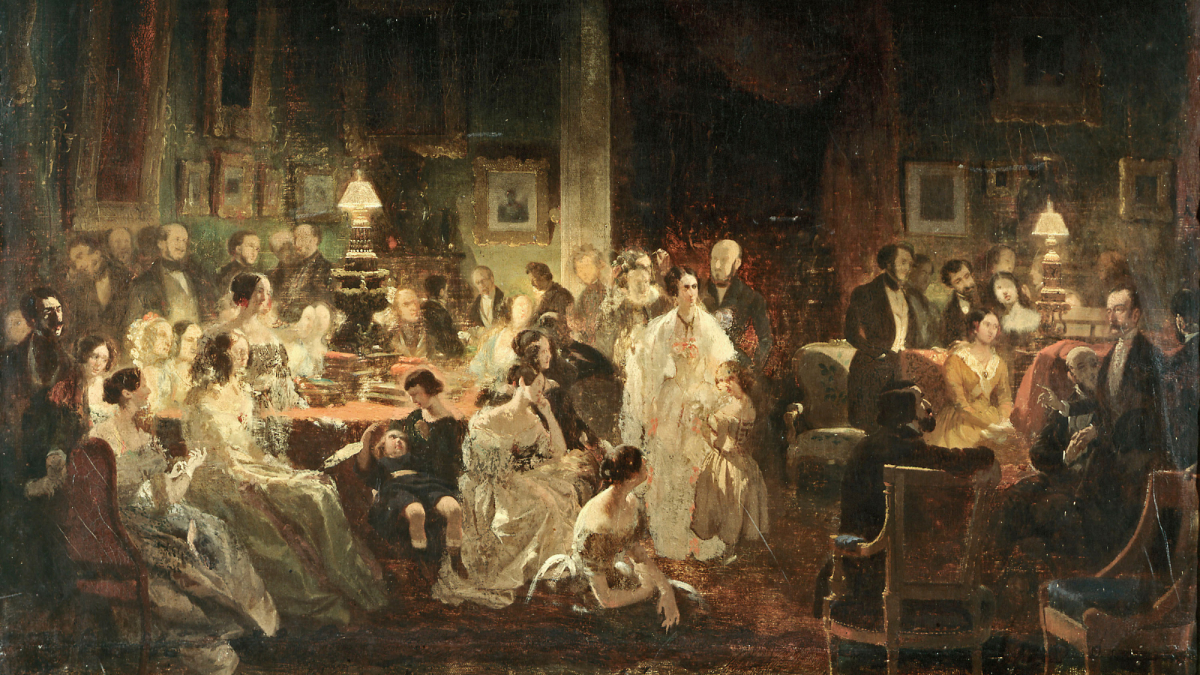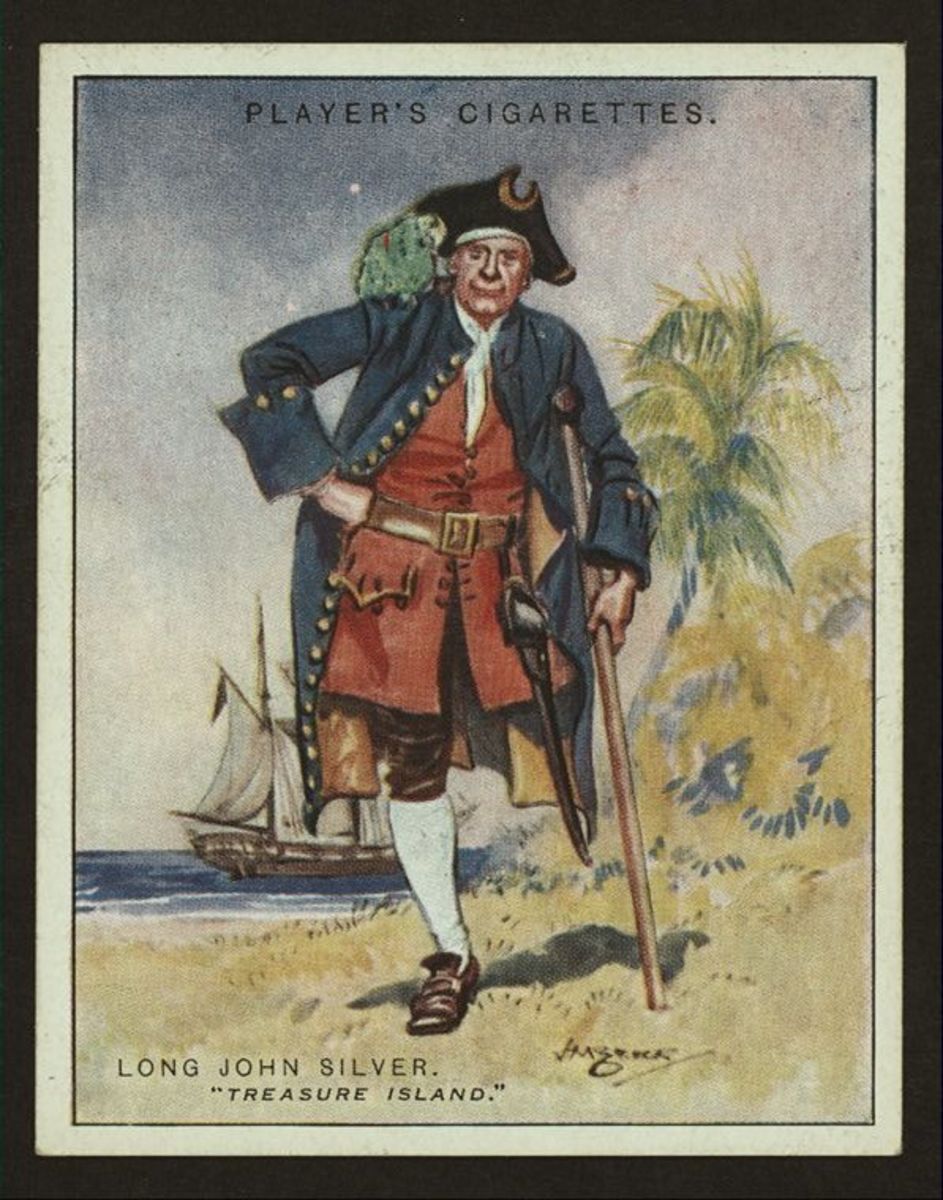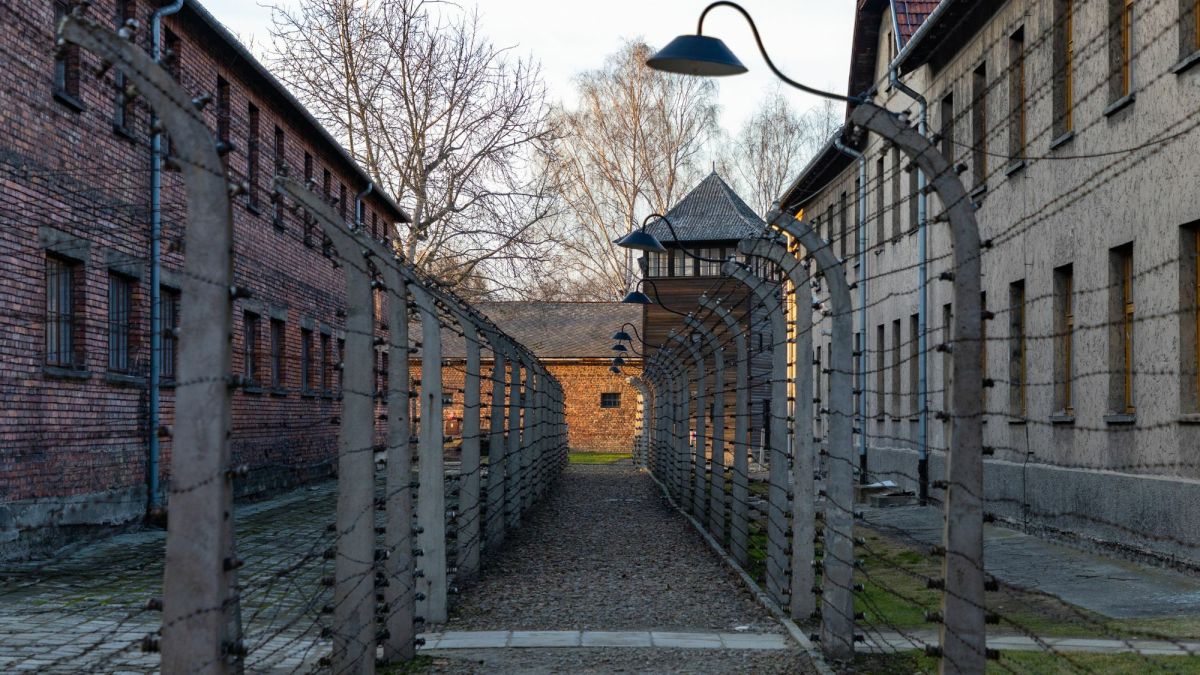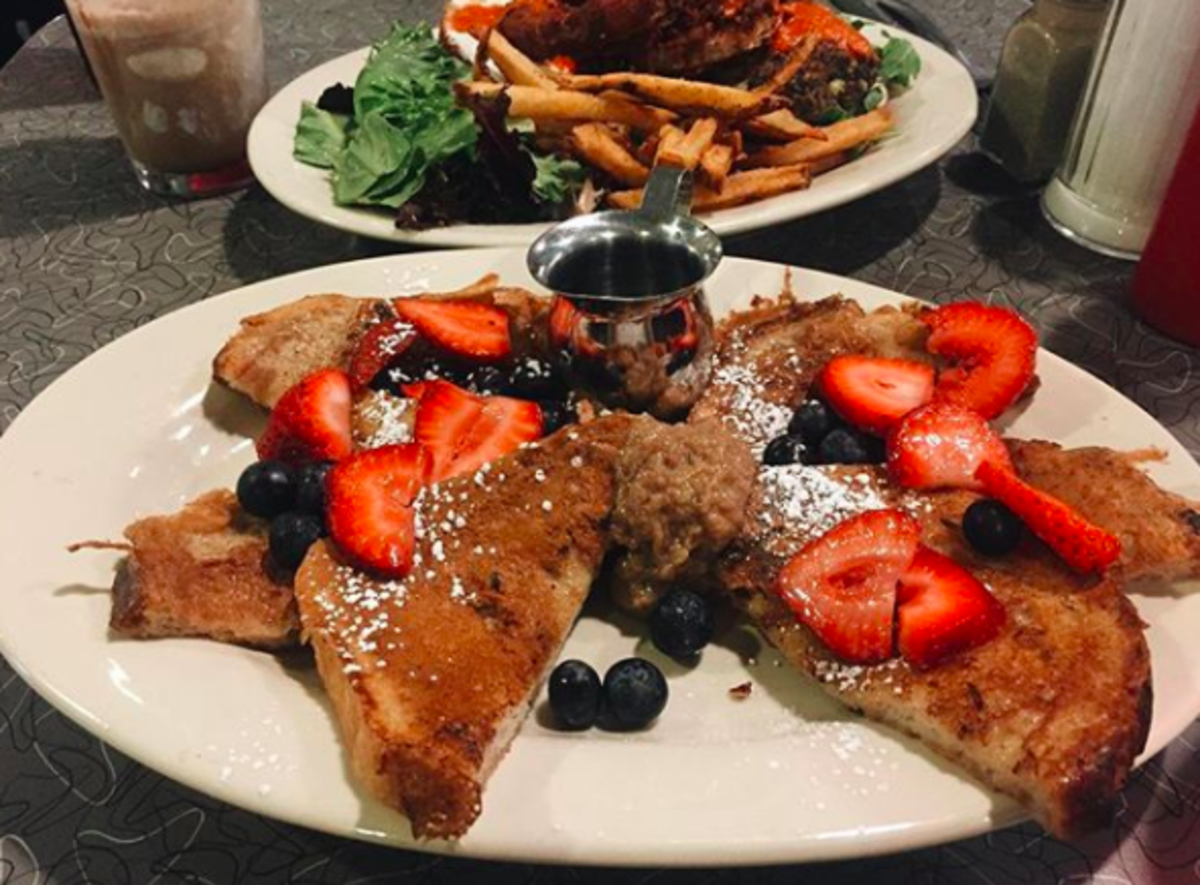 65
65- 0
White Trash in Faulkner
This article explores anxieties surrounding white trash in Faulkner's The Hamlet and Absalom, Absalom!
- 0
Isolated Communities in Toni Morrison and Michael Ondaatje
This paper explores Toni Morrison’s 1997 novel "Paradise" and Michael Ondaatje’s 1992 novel "The English Patient" in terms of how communities are created and maintained.
- 0
Sleep and Sleeplessness in the Victorian Novel
Sleep—the excess or lack of it—is a common thread in many 19th-century novels. Let's explore this theme in three different Victorian novels.
- 0
Animality in “Tess of the D'Urbervilles” by Thomas Hardy
Explore the animal comparisons in “Tess of the D'Urbervilles” and how they aid Thomas Hardy’s commentary on societal and religious laws vs. the laws of nature.
- 0
Passion and the Paranormal in "Jane Eyre"
Ghosts and other paranormal entities appear throughout "Jane Eyre." This article explores why these apparitions occur in an otherwise realistic novel.
- 1
Health Injustice and COVID-19
Through racist, exclusionary, and oppressive systems, differences in health and safety throughout the United States and the world are inherently unjust. These injustices are amplified through urban issues, especially through segregation.
- 1
Magical Doors and Technology in "Exit West"
Magical technology plays a key role in "Exit West," written by Mohsin Hamid. Often mirroring the role of cell phones, magical doors pop up throughout the world and transport people from one place to another. This article analyzes the use of these doors as literary devices in the novel.
- 2
The Contemporary Gothic: Neoliberalism in "Gone Girl"
"Gone Girl" utilizes many classic gothic tropes throughout the novel. Read more to find out why these tropes are important!
- 0
The Paradox of Education in "Weep Not, Child" and "Nervous Conditions"
African novelists Ngugi wa Thiong’o and Tsitsi Dangarembga have expressed the struggle and frustration that comes with living in post-colonial Africa through their literature. This article explores their works' portrayal of the effects of colonialism on societies through education.
- 2
Unspeakable Sin: Homoerotic Desire in "Frankenstein"
This article examines homoeroticism as a Gothic trope in "Frankenstein."
- 0
The Power of Marriage in "The Female American"
This article analyzes two marriages that occur in Winkfield's "The Female American" and how they function as a site of power for white male Europeans.
- 0
Sonnets, Sex, and the Sacred: Comparing 2 Sonnets
This article will compare John Donne's "Holy Sonnet 14" (Batter My Heart) and John Milton's "Sonnet 18" (On the Late Massacre in Piedmont) in terms of sonnet conventions, structure, form, themes, and effectivity.
- 0
Family in "Little Women" and "Adventures of Huckleberry Finn"
Explore the differences in family structures and values between "Little Women" and "Huckleberry Finn," especially in how the two novels reflect on family structures in the late 19th century.
- 1
Moby Dick and the Brutality of Man
Explore a unique reading of Moby Dick's character. Does Melville create sympathy for the animal and condemn the brutality of man?
- 0
The Virgin Mary: Hester Prynne as a Symbol of Divine Motherhood
This article will explore how Nathaniel Hawthorne uses Hester Prynne in "The Scarlet Letter" to promote an early version of feminism specifically regarding single motherhood.
- 0
The Objectification of Jane Eyre
Jane's constant objectification throughout "Jane Eyre" is hugely important to her character development and the novel itself.
- 0
Frankenstein, or the Christian Golem
Most scholars agree that Mary Shelley drew great inspiration from the Jewish Golem in her creation of Frankenstein's monster.
- 0
Why Does Mr. Rochester Pretend to Be a Gypsy in "Jane Eyre"?
This article explores the scene in "Jane Eyre" in which Mr. Rochester cross-dresses as a gypsy. It's one of the stranger scenes in the novel. Why is it included?
- 0
Cemeteries and Symbology: The Old Burial Ground in Cambridge
The Old Burial Ground, located in Cambridge, MA, holds within its headstones a rich history of society, religion, and views concerning death from the 17th through 19th centuries.
- 0
Physiognomy in Anne Bronte's "Agnes Grey"
Anne Bronte employs the use of physiognomy throughout Agnes Grey in order to further character development. Read on for my full analysis of how physiognomy shapes this text.
- 0
Villain or Father Figure? "Treasure Island" vs. "Treasure Planet"
This article compares the portrayal of Long John Silver in "Treasure Island" and "Treasure Planet," exploring his character as both a father figure and a villain.
- 1
Alice's Jabberwocky
What exactly was the meaning of Lewis Carroll's poem "The Jabberwocky," and why did he include it in "Alice in Wonderland"? Read to find out!
- 1
Mental Illness in "Alice in Wonderland"
When closely analyzed, many characters in Lewis Carroll's "Alice in Wonderland" exhibit mental illness. Was this a conscious decision? If so, why did Carroll do this?
- 0
Apathy and Ambivalence: Wiesel’s Relationship With His Father
"Night," written by Elie Wiesel, is one of the most famous pieces of Holocaust literature. The story focuses on more than just the Holocaust, however; it is also centered around Wiesel's father.
- 3
An Analysis of Animals in "Alice in Wonderland"
Was "Alice in Wonderland" one of your favorite childhood stories? Read on to learn more about Carroll's use of animals throughout the book!
- 0
The 5 Best Restaurants With Delicious Vegan Eats in Boston
Whether you're a visiting vegan or a veggie-loving local looking to find some new, vegan-friendly restaurants in the Boston area, look no further! Here are five of my favorite vegan spots in Boston.
- 0
4 Must-See Places in Israel
So you want to visit Israel? Here are the "must-see" sites that will make you fall in love with the country!
